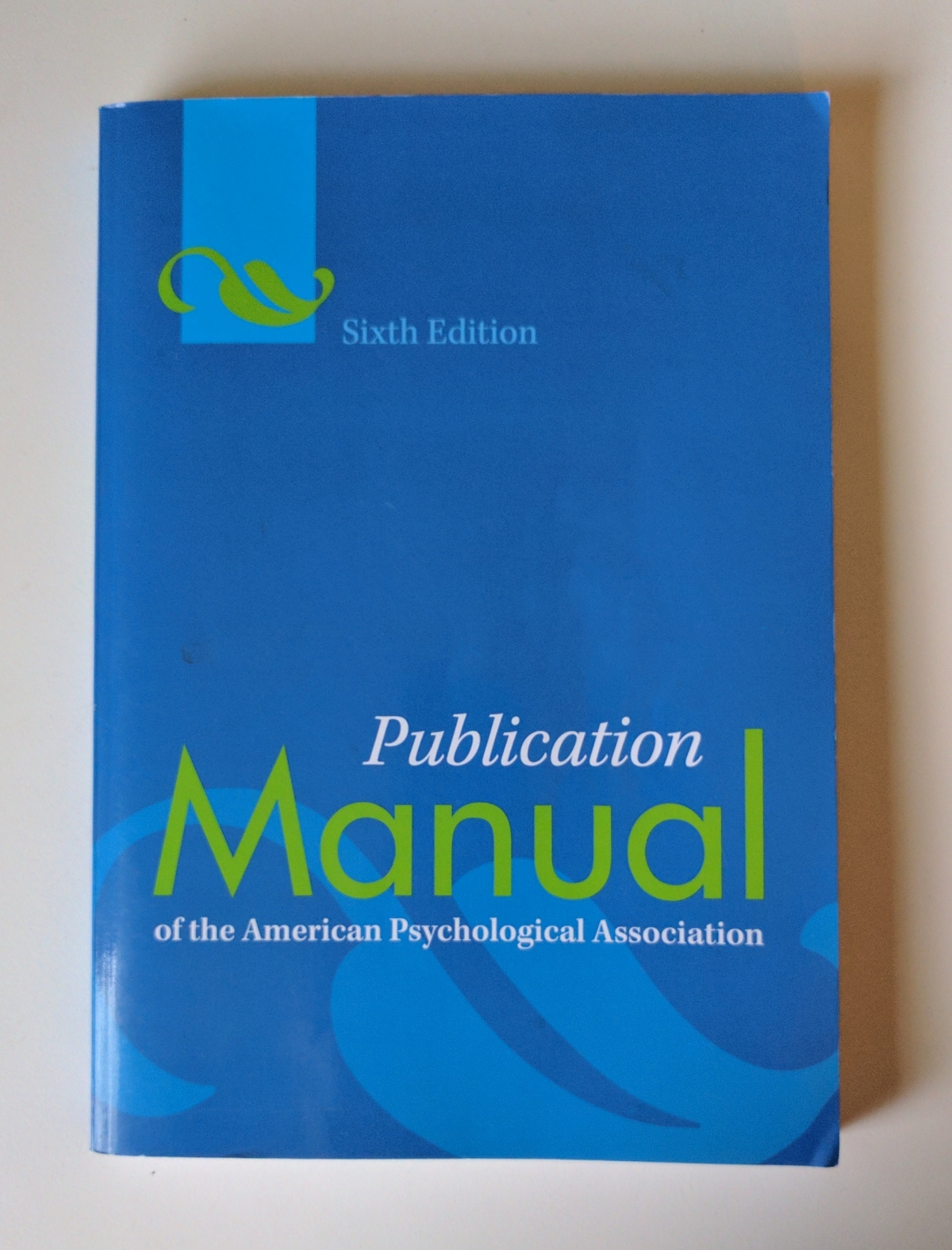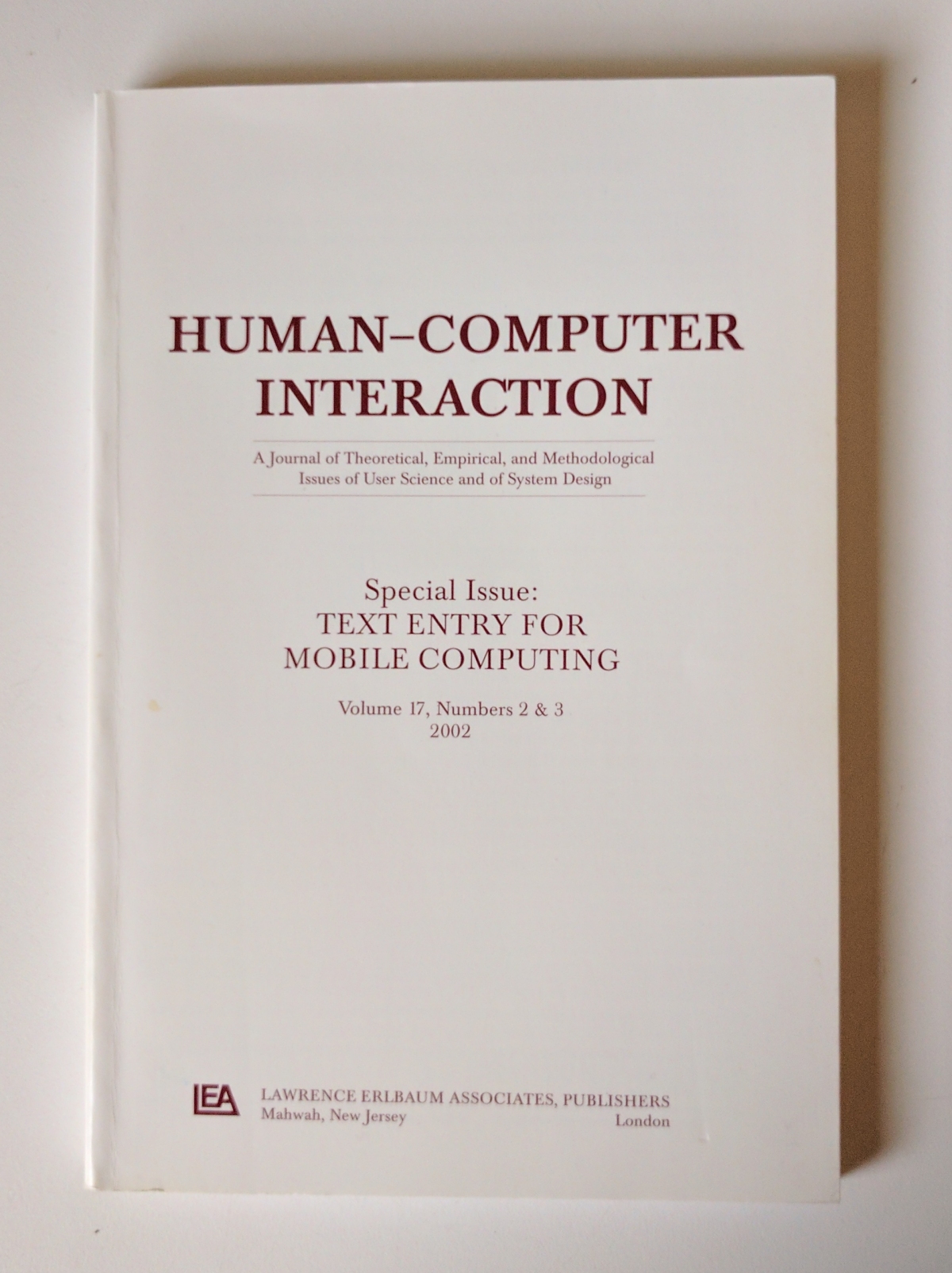Quick access: Use a space on both sides of mathematical operators | Set variables in italics | Include a space between a number and its units | Include a space following a comma. | et al. | e.g., | i.e., | Other common abbreviations | Set numbers 10 and above in numerals | Set numbers below 10 in words | Colon
Herein are style rules for preparing research papers in human-computer interaction (HCI). For the most part, the rules are well-known, accepted, and found in a variety of guides on writing, formatting, and publishing scholarly research papers. They are also rules which are routinely violated in published HCI research papers. Hence, this research note.
What are mechanics of style?
The mechanics of style refers to basic rules for conveying ideas. The goal is consistency and clarity. The rules address small but important details, such as the formatting of mathematical expressions, variables, and statistics, as well as the proper use of numerals, punctuation, italics, abbreviations, etc. And that's about it. Broader aspects of style are avoided, such as writing correct, clear, and engaging English or the organization of manuscripts. Rules on citing and referencing published work are also excluded, since styles for citing and referencing often vary between conferences or journals.
Why are style rules necessary?
The answer here is simple: Creating research papers according to a prescribed style brings conistency and clarity in the presentation and organization of ideas. This enables researchers from different backgrounds and with different interests to study a body of research and to learn from the ideas presented.If a researcher examines a published HCI paper and learns that the standard deviation in a set of measures was, say, "SD = 12.3", that same researcher, in reviewing other HCI papers, should not be faced with alternative forms of the same term, such as "stdev", "StDev", "std", "s.d.", or "sd".1 Although the meaning may be the same and the choice of one style over another may seem arbitrary, the alternatives are a distraction and may confuse the reader.
Points of style occur everywhere within a research paper. They occur multiple times within each sentence; they occur sentence after sentence, paragraph after paragraph, within equations, figures, tables, and so on. When style varies across publications in a body of research, the situation is chaotic: distractions persist, confusion looms. The situation is particularly dire for conference publications, where rules of style are rarely or insufficiently articulated in author guides.
It is unfortunate that neither the ACM nor SIGCHI specifies a reference source for rules of style for HCI conference submissions. The closest approximation is the template file provided for CHI and other conferences. However, template files fall short in laying down the minutia of style. A template file is unlikely to state whether the less-than sign in "p < .01" requires a space on each side (it does) or whether the Greek letter eta in "η2 = .34" is set in italics (it is not). Where points of style exist in template files, they tend to appear implicitly, without a stated rule. Without the rule, a reader who sees "p < .01" may not notice or pay particular attention to the space on each side of the less-than sign, or that "p" is set in italics, or that there is no "0" before the decimal point.2 Consequently, when that reader prepares his or her own manuscript, the same expression might appear as "p<0.01" – not good.
Style is about detail. Each detail, taken alone, is a small point. Only when collected as a whole and adherred to by researchers do style rules bring consistency and clarity to a body or research. So, what style rules should HCI researchers follow in preparing research papers?
What style rules?
Style guides generally agree more than they disagree. The rules presented here are derived from chapter 4 ("The Mechanics of Style") in the Publication Manual of the American Psychological Association (6th edition, 2010). See cover image, below left. (Click to expand.) The APA guide, first published in 1929, sets the standard for style rules and other aspects of scholarly writing in the behavioural and social sciences.



But, why the APA manual? One marker for the beginning of HCI as a field of research was the publication in 1983 of Card, Moran, and Newell's The Psychology of Human-Computer Interaction. See cover image, above center. In many ways, the field of HCI arose from an emerging need. That need was for researchers in companies like Xerox, IBM, Apple, and Microsoft to think less like computer scientists and engineers. The computing challenges in the 1980s – when the GUI emerged – were about users and interaction rather than processors and data. The new focus on people was critical and the field of psychology brought the tools and methods necessary for studying and advancing this new mode of interaction – and publishing the results!
Indeed, throughout the history of HCI, psychology – and, in particular, experimental psychology – is the leading discipline that frames our research methods. This is never more true than in the methods HCI researchers use to conduct a user study, where the methodology must be conveyed in a manner that is simple and reproducible, and where results are presented with summary measurements and statistical tests. Consistency and clarity are essential.
The first journal in HCI was Human-Computer Interaction, which began publishing in 1986. More than 30 years later, this journal is still considered the top journal in the field. See cover image, above right. On style, researchers preparing manuscripts for Human-Computer Interaction are simply informed that "HCI generally follows the style of the APA". The guidelines direct the reader to relevant sections of the APA guide.3 Other top journals in HCI include ACM Transactions on Computer-Human Interaction and Interacting with Computers, both of which also follow APA style.
About the examples
The examples below are all screen grabs from PDF files of published papers from HCI conferences. Many are from the proceedings of the ACM's annual SIGCHI conference ("CHI"). Others are from related conferences sponsored by the ACM (e.g., UIST, ETRA, NordiCHI) or the IEEE (e.g., ISWC, 3DUI, GEM). Yes, even papers published in HCI's established conferences are rife with style and formatting errors.The rules below are not exhaustive. They are a (growing) collection of the most-commonly violated rules in papers published in the proceedings of CHI and other HCI conferences. Why does this occur? This is an interesting question. One convenient explanation is that conference papers are submitted by authors as "camera-ready" manuscripts. The final submissions do not undergo copy-editing, unlike journal papers. This begs the follow-on question: Why are authors' camera-ready manuscripts so often filled with style and formatting errors? That is a more interesting question, a question we will not delve into here. Let's begin.



































































































